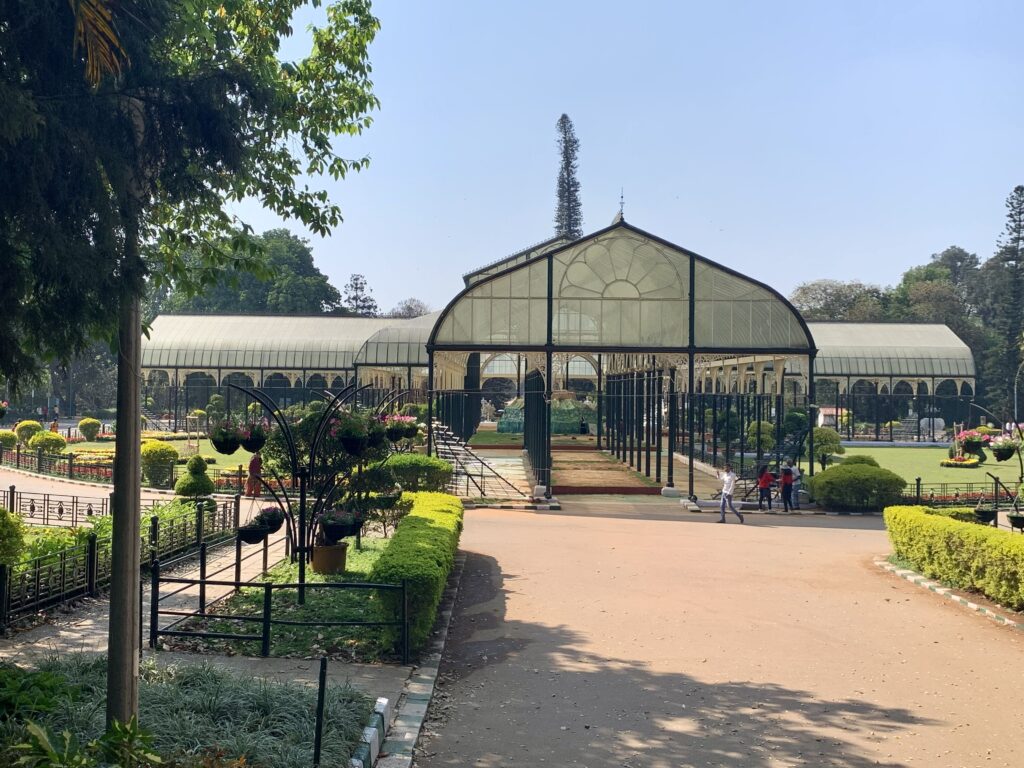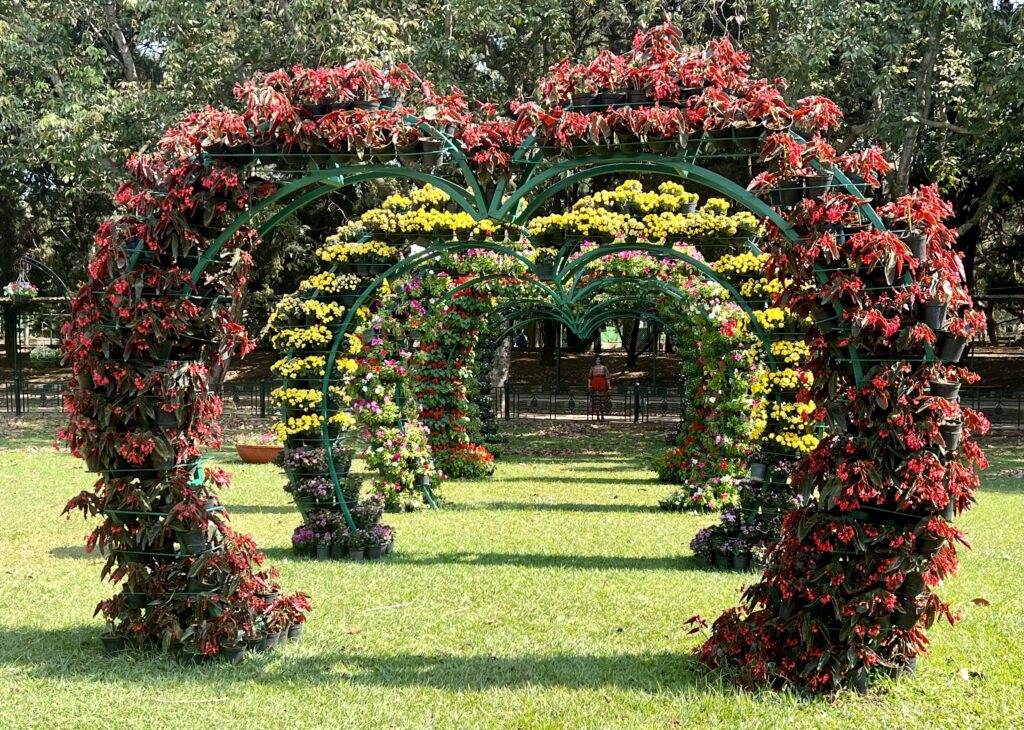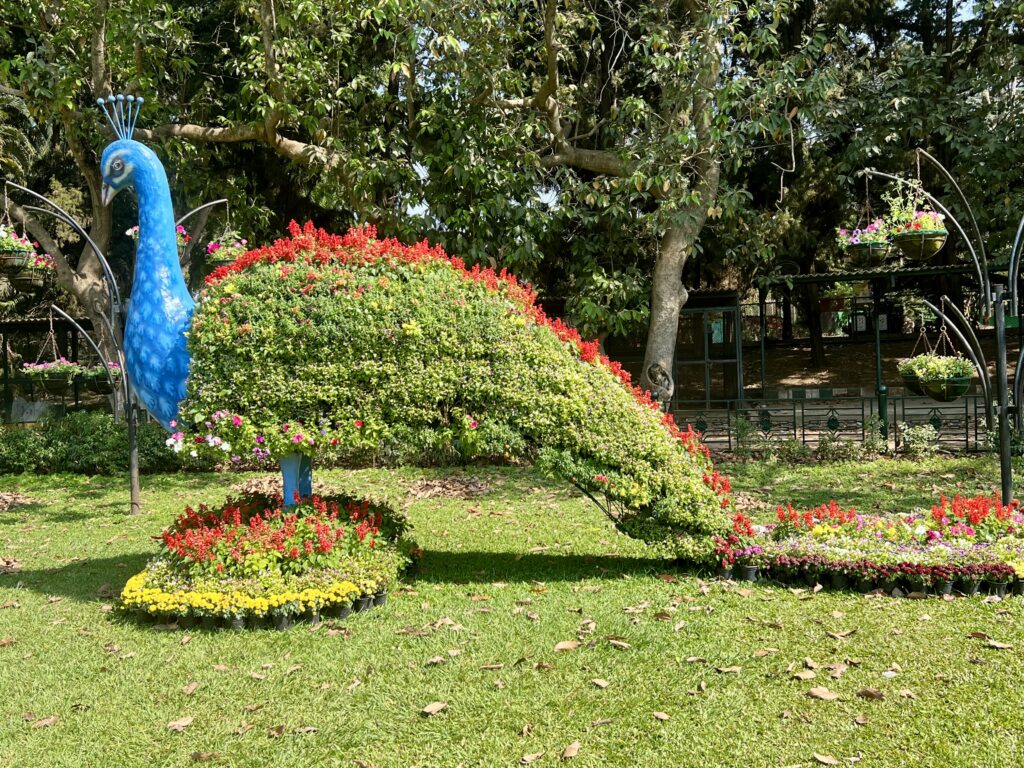I lived in Bengaluru the first 10 years of my life. The memories of my happy childhood in this city is something I hold dear.
Bengaluru, formerly called Bangalore, is the capital and largest city of the southern Indian state of Karnataka. Archaeological artifacts indicate that the human settlement in the region happened as early as 4000 BCE. The city is known as India’s “Garden City”, due to its parks and greenery. Bengaluru is one of the fastest-growing cities in India. The city is a major hub for information technology, and is widely regarded as the “Silicon Valley” of India.
I visited the city in February of 2023 after more than 30 years, to attend a wedding. On the last day of our really short visit, we had some free time and decided to see some of the major sites around Bengaluru. As in other major cities around India, Bengaluru traffic scene is no different. Be prepared to get stuck in traffic (sometime for hours) any time of the day or night. You can do nothing about it, just be patient and try to see whatever you can. We rented a car and driver for a 5 hour period and covered the following sites:
- Vidhana Soudha
- Lalbagh Botanical Gardens
- Cubbon Park
- Tipu Sultan’s Summer Palace
Vidhana Soudha (Legislative House) – is the seat of the Karnataka state legislature and was built between 1952-1956 with mostly granite, excavated from the areas around Bengaluru.
This magnificent building is 700 feet in length, width of 350 feet and height (measuring from floor level to top of central dome) of 150 feet.
One of the interesting feature of this building in grand stairs in its front. It has a flight of forty-five steps 204 feet wide 70 feet deep giving a direct access to the foyer of first floor leading to an Assembly Chamber. The building is not open to public as far as I know.
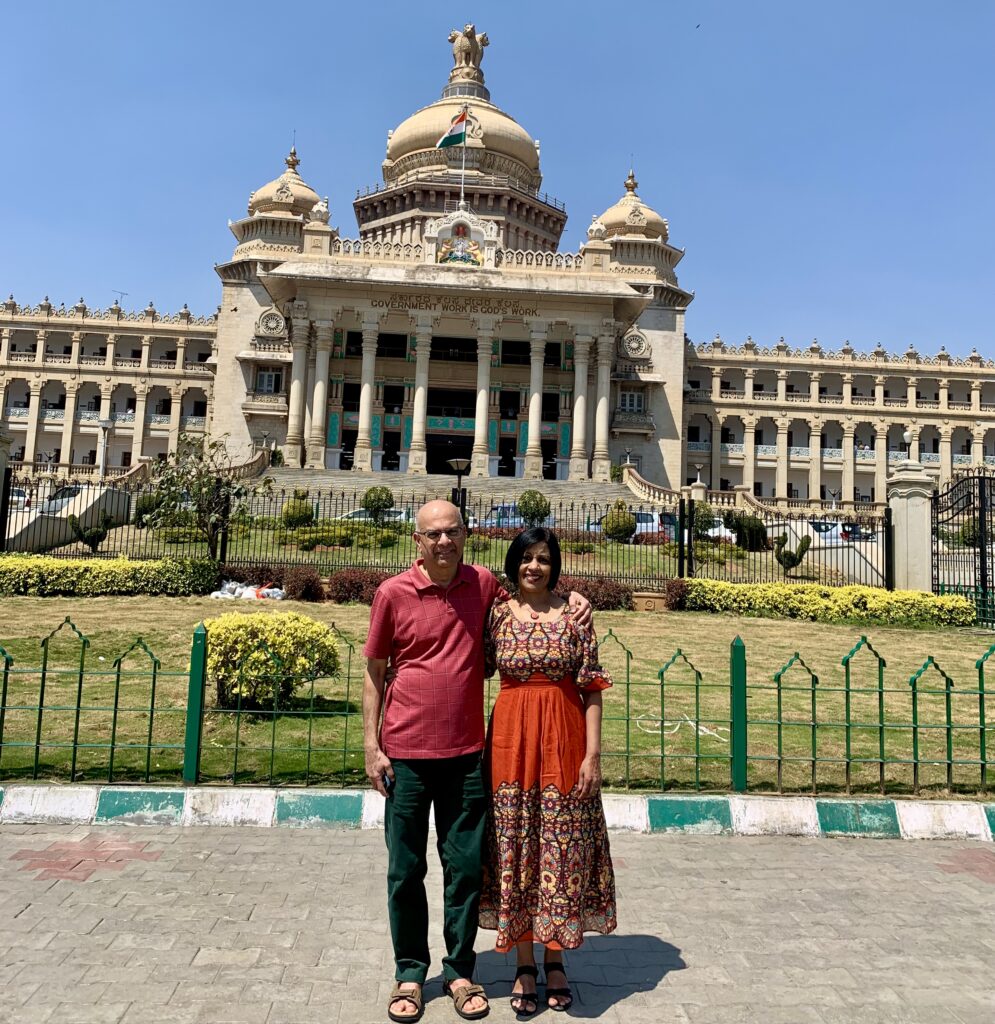
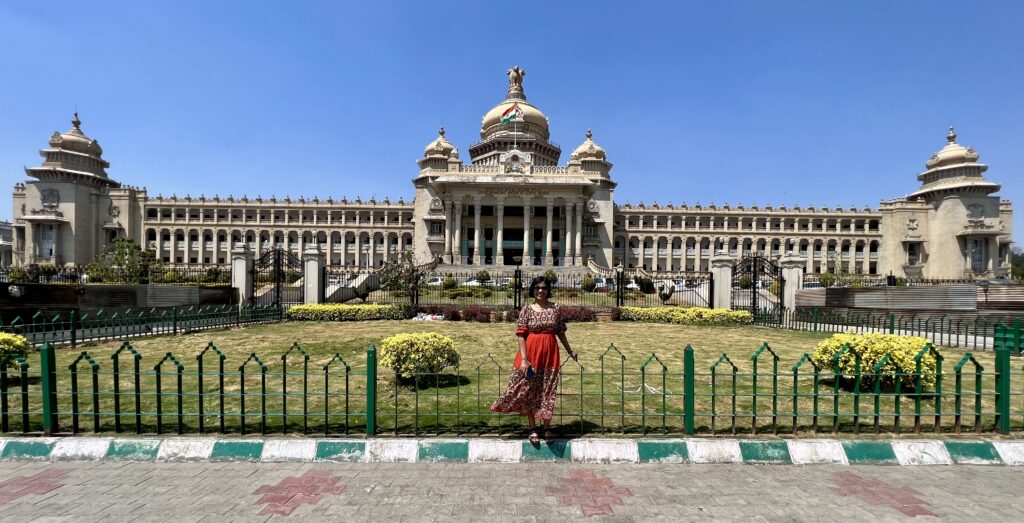
Cubbon Park – Situated within walking distance of Vidhan Soudha and in the heart of the city, this massive green park has well maintained lawn and a well laid out walking path.
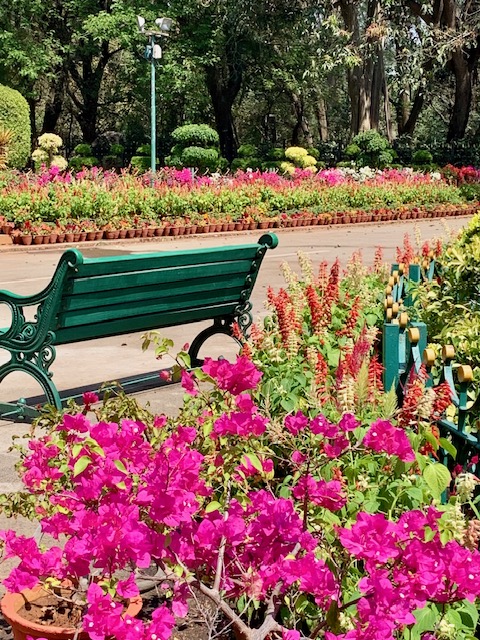
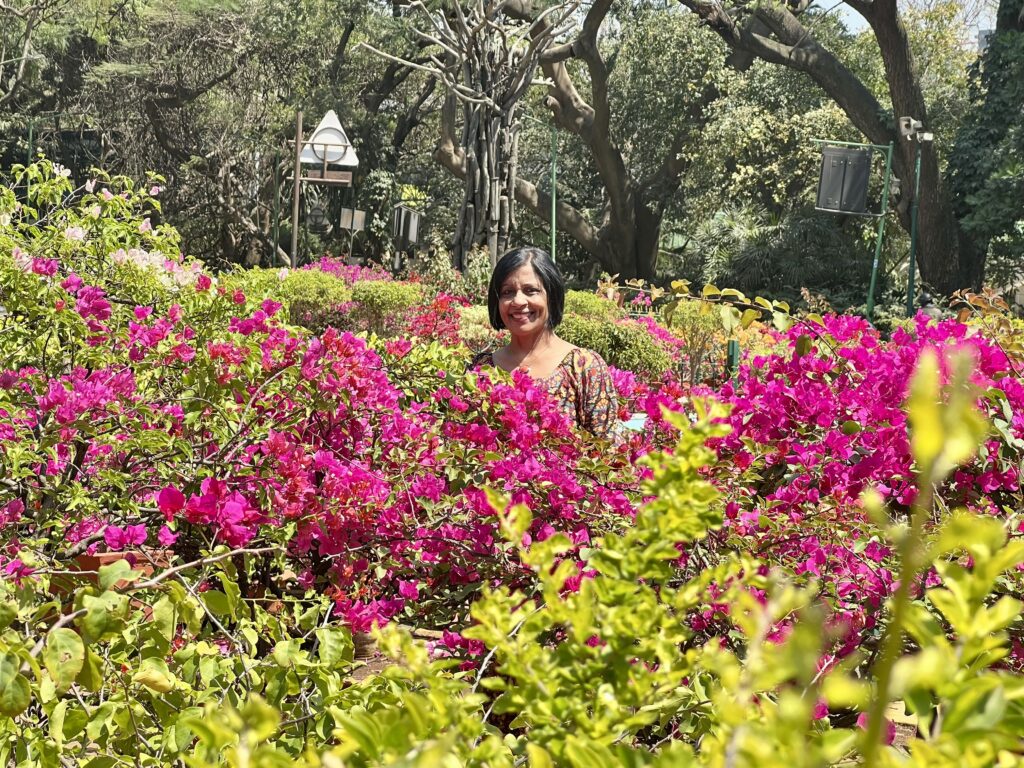
Tipu Sultan’s Summer Palace – is an example of Indo-Islamic architecture and was the summer residence of the Mysore ruler Tipu Sultan. Hyder Ali, father of Tipu Sultan, commenced its construction within the walls of the Bengaluru fort and the palace was completed in 1791 during Tipu Sultan’s reign. After Tipu Sultan’s death, the British used the palace for its secretariat. Today the Archaeological Survey of India maintains it.
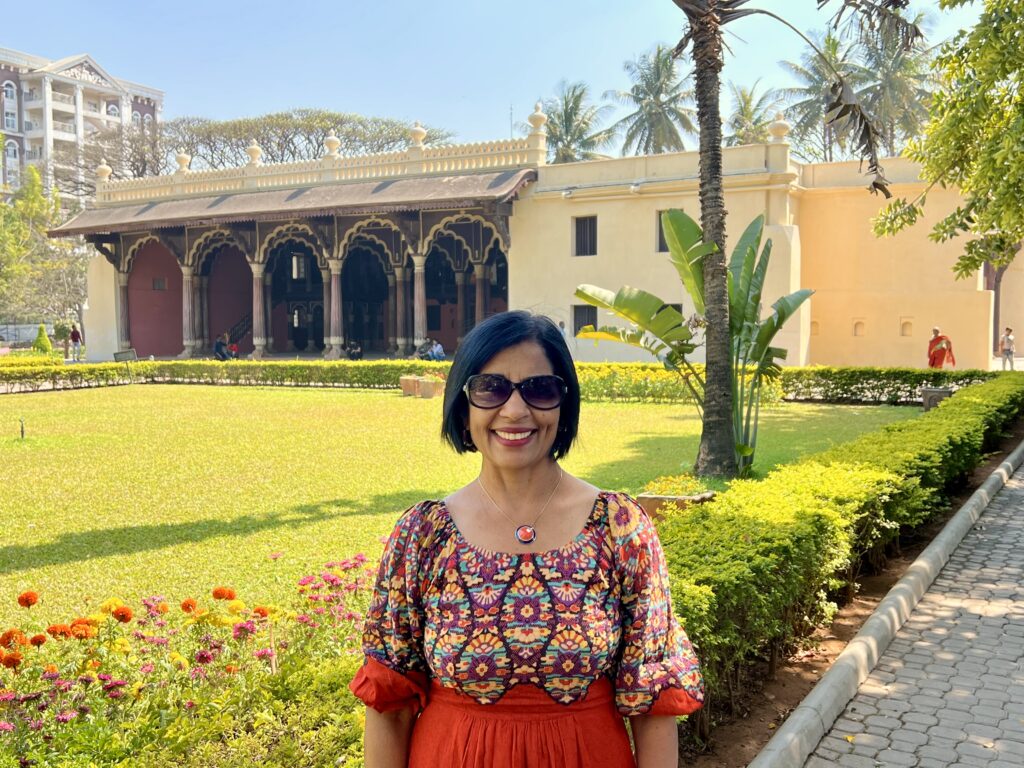
The structure was built entirely of teak and stands adorned with pillars, arches and balconies. It is believed that King Tipu Sultan used to conduct his durbar (court) from the eastern and western balconies of the upper floor.
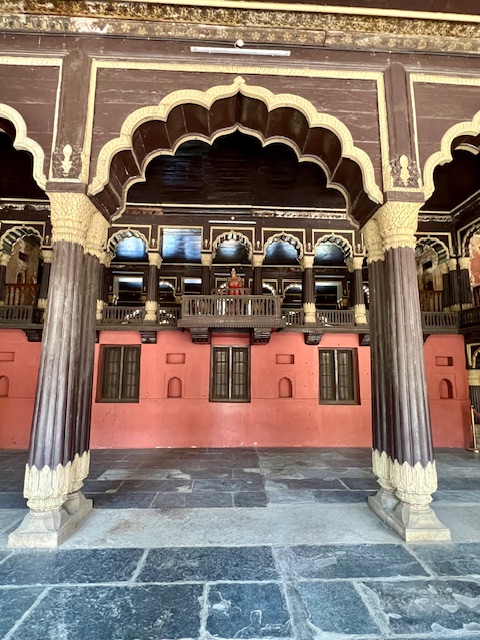
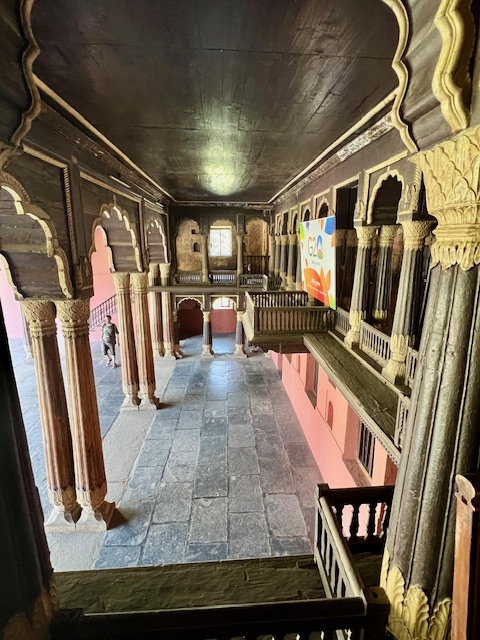
There are four smaller rooms in the corners of first floor which were Zenana Quarters (Inner rooms where women lived). There are beautiful floral motifs embellishing the walls of the palace.

Lalbagh Gardens – King Hyder Ali commissioned the building of this garden in 1760, but his son, King Tipu Sultan, completed it. Spread across 240 acres of land, Lalbagh is a haven for relaxation and recreation. The expansive lawns and serene lake are perfect spots for picnics, morning jogs, or a quiet afternoon of reading. The park’s well-maintained paths are ideal for leisurely strolls, allowing you to soak in the natural beauty at your own pace. Plan on spending at least an hour here.
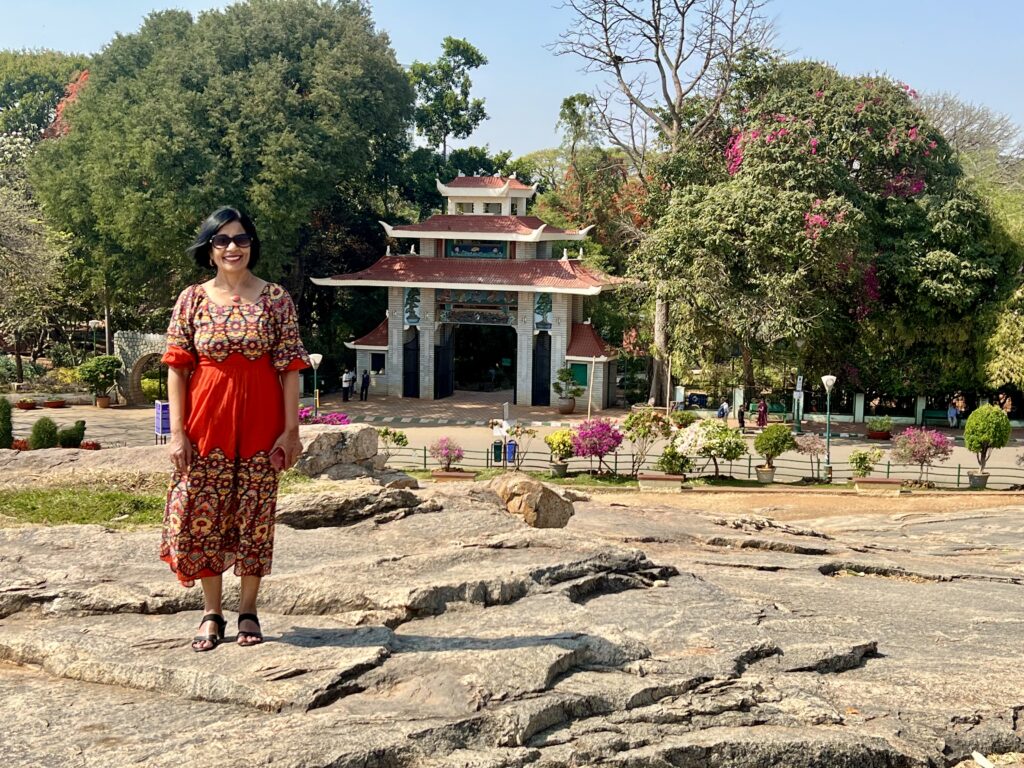
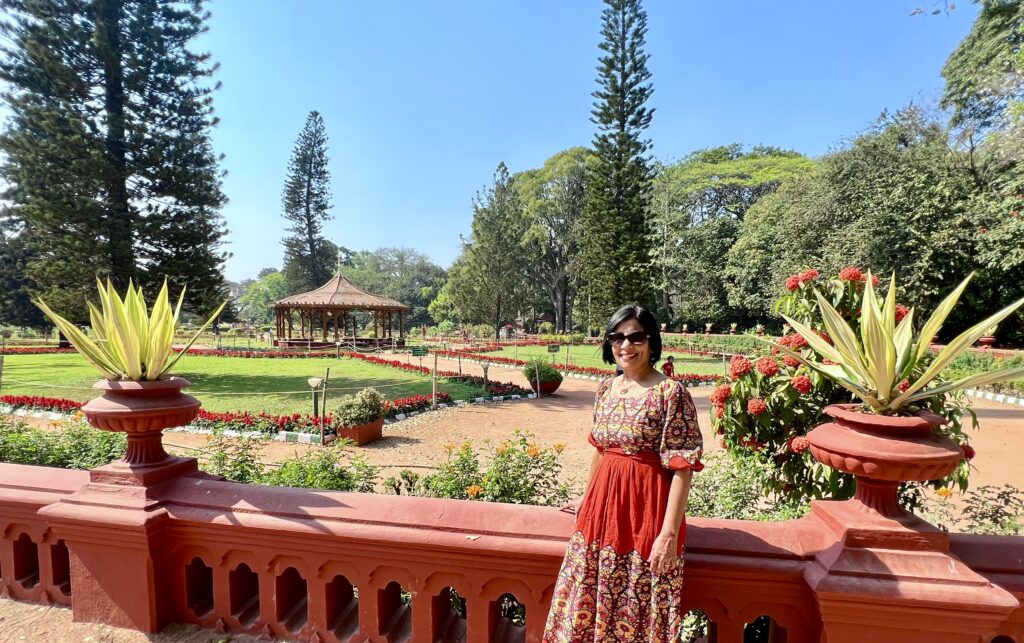
Lalbagh Glass House – A highlight of the visit to Lalbagh is the iconic Glass House built in 1889, inspired by the Crystal Palace in London. This grand structure hosts the bi-annual flower shows, which are a major attraction in Bengaluru. These shows, held in January and August, showcase intricate floral arrangements and rare plant species, drawing visitors from all over the country.
